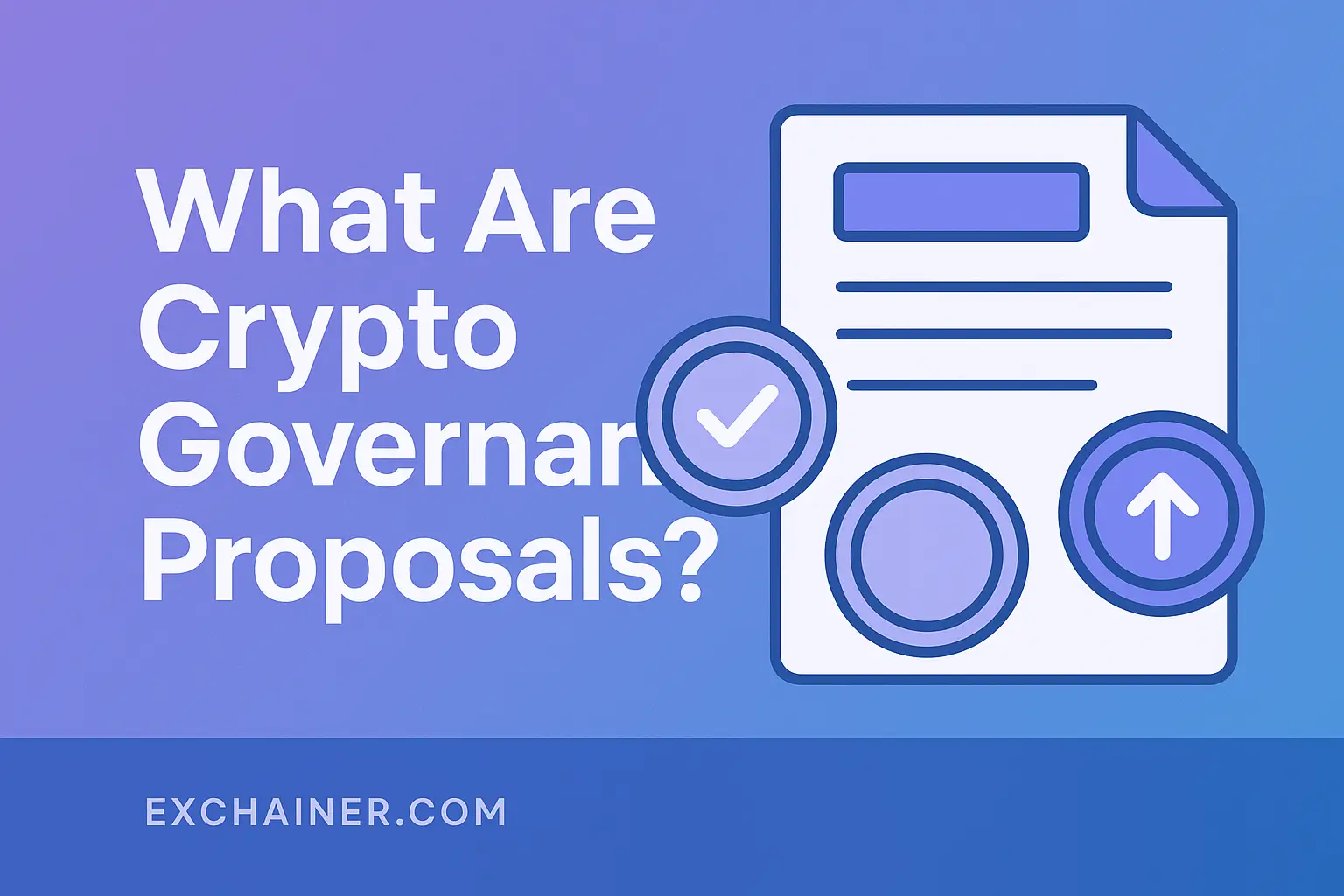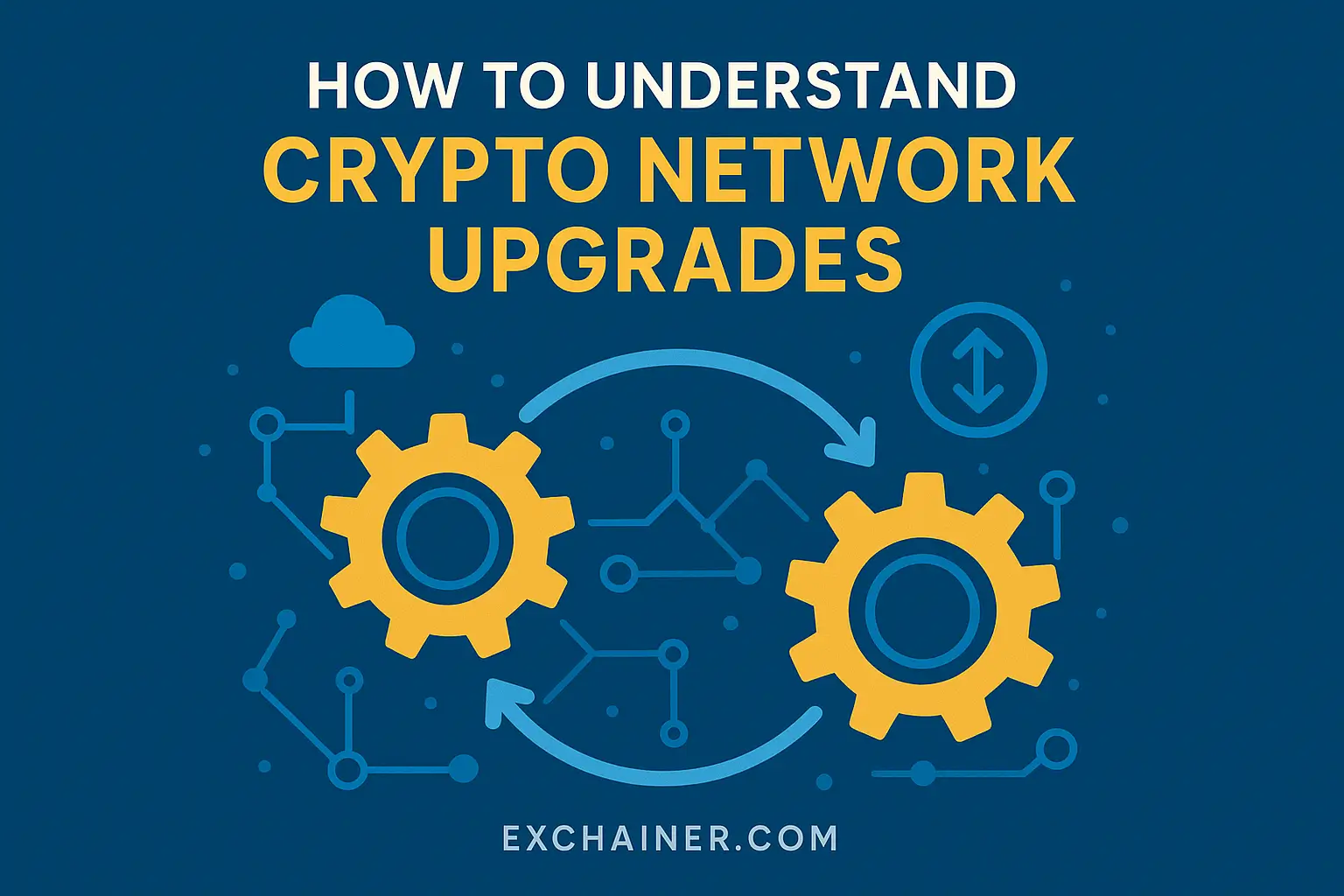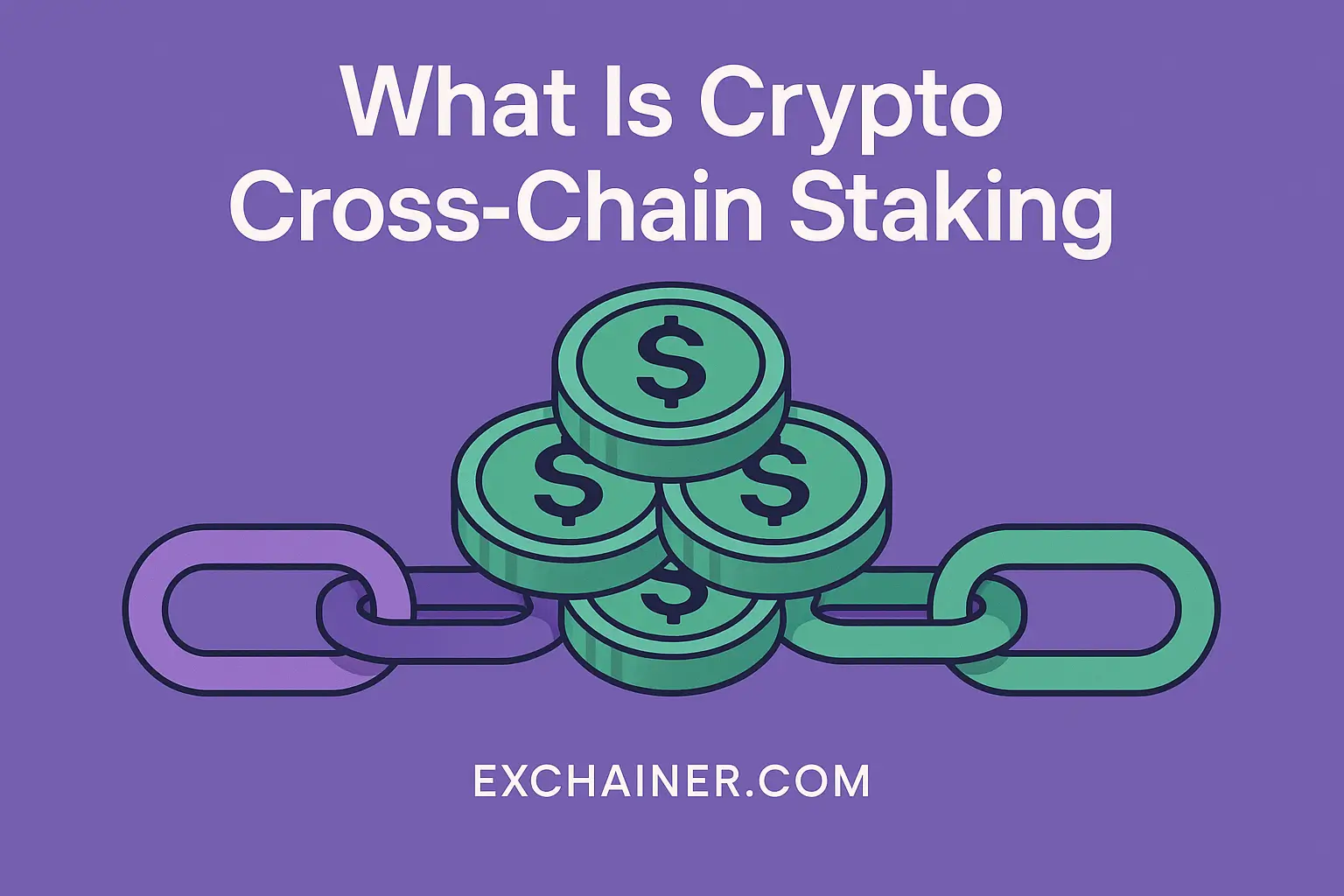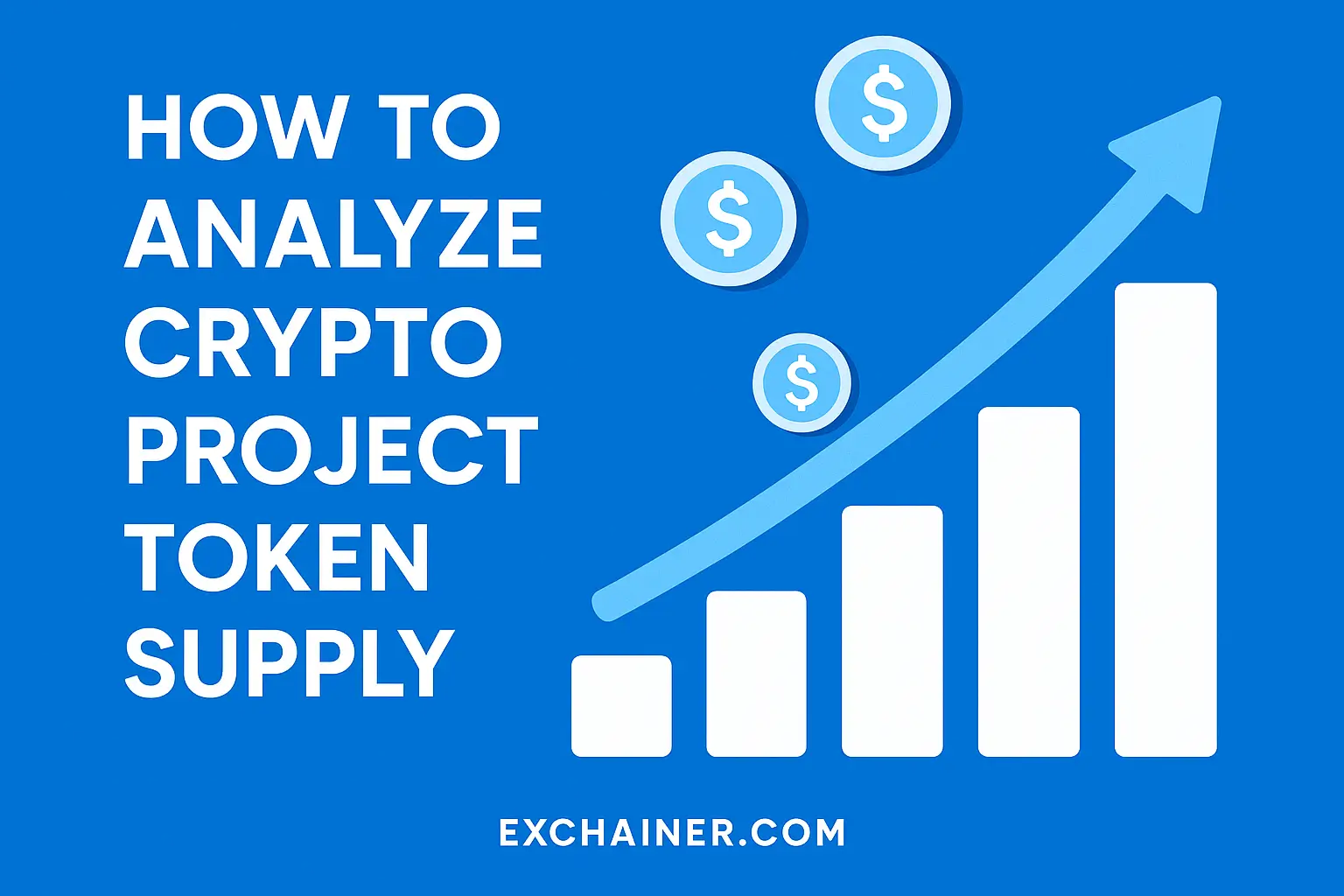Friends, if you’ve ever dipped your toes into the exhilarating world of cryptocurrency, you might have come across the term “project whitepapers.” These documents are the blueprint of crypto ventures, offering an inside look at what the project aims to achieve, how it plans to do it, and why it matters. Understanding project whitepapers is crucial if you want to make informed decisions about investing or supporting any crypto initiative. In this beginner guide, we’ll break down everything you need to know about whitepapers — demystifying what they are, why they matter, and how to analyze them effectively.
Imagine you’re about to back a promising project, but you’re unsure if it’s legit or just hype. The whitepaper serves as your map, revealing the project’s goals, the technology underpinning it, tokenomics, and the team behind it. Knowing how to dissect this document helps you spot red flags, assess the project’s potential, and avoid costly mistakes. So, buckle up — we’re about to dive into the world of project whitepapers, explained in plain English for crypto enthusiasts like you.
What Exactly Are Crypto Project Whitepapers?
At its core, a project whitepaper is a detailed report published by the creators of a cryptocurrency or blockchain project. It outlines the vision, technology, and operational plan that brings the project to life. Think of it as a combination of a business plan and a technical manual wrapped into one document. For anyone wondering what is crypto at a foundational level, the whitepaper shows how digital currency is designed not just as money but often as part of a larger ecosystem.
Historically, whitepapers gained fame when Bitcoin’s pseudonymous creator, Satoshi Nakamoto, published the original Bitcoin whitepaper in 2008. Since then, it’s become a standard practice for crypto projects to release their own whitepapers before launching. These papers serve several purposes:
1. Convey the project’s mission and core values. A whitepaper explains why the project exists and what problems it aims to solve. For example, Ethereum’s whitepaper proposed a platform for decentralized applications, vastly expanding potential blockchain uses beyond Bitcoin.
2. Detail the technical aspects. This section goes into how the blockchain or protocol will function. It might include consensus algorithms, smart contracts, scalability solutions, or unique cryptographic techniques.
3. Explain the tokenomics. Here, the whitepaper describes the cryptocurrency’s role within the project, including supply limits, distribution strategies, and incentives for token holders.
4. Introduce the team and roadmap. Credible projects showcase their leadership, advisors, and timeline for development milestones. This builds trust and sets expectations.
Why Should Beginners Pay Attention to Whitepapers?
As a newcomer in crypto, the technical jargon and dense content might seem intimidating. But that’s why having a guide is so valuable. A well-crafted whitepaper serves as a trustworthy source of information that cuts through marketing fluff. Since digital currency investments can carry risks, a project’s whitepaper is often your first line of defense against scams or poorly executed ideas.
How to Analyze Crypto Project Whitepapers Like a Pro
Understanding cryptocurrency basics helps, but wading through whitepapers requires a bit of a strategy. Here’s a step-by-step approach to help you read between the lines and get the most from the whitepaper.
1. Check the Introduction and Problem Statement
Good whitepapers start with a clear and compelling problem statement. Ask yourself: Does the project address a real-world issue or an unmet market need? For example, if a whitepaper talks about “decentralized finance” (DeFi) platforms, does it explain how it improves upon traditional banking? Projects that tackle vague, unrealistic problems may be red flags.
2. Study the Technical Details
Don’t get overwhelmed by technical terms. Instead, focus on these key points:
Consensus mechanism: How does the blockchain verify transactions? Proof of Work or Proof of Stake are common — each has its pros and cons.
Scalability: Can the system handle lots of users and transactions? Solutions like sharding or layer-2 protocols might be mentioned.
Security measures: Are there protections against fraud or hacking? For example, cryptographic algorithms or audits by third parties.
Example: A whitepaper might explain using “delegated Proof of Stake” which means token holders vote to choose validators. If that sounds unclear, sites like CoinMarketCap glossary can help clarify.
3. Understand the Tokenomics
Tokens aren’t just digital coins; they have utility within the project’s ecosystem. When analyzing tokenomics, ask:
What is the total supply? A low, fixed supply can mean scarcity, while infinite supply might risk inflation.
How are tokens distributed? Check if the team holds a disproportionately large share – that could be a warning sign.
What are token holders incentivized to do? The whitepaper should explain if tokens offer voting rights, staking rewards, or access to services.
Practical tip: Some projects use airdrops to distribute tokens freely as marketing. In 2024, airdrops distributed over $500 million in tokens — a strategy to boost initial adoption.
4. Look for the Team and Roadmap
A project is only as strong as its team. Whitepapers should reveal who is behind the scenes. Look for LinkedIn profiles or past projects to verify their credibility. A concrete roadmap signals seriousness; vague or absent timelines may indicate lack of commitment.
For instance, a roadmap laying out milestones for network upgrades, partnerships, and exchanges reflects a project’s ability to execute plans.
Common Pitfalls and Red Flags in Whitepapers
While some whitepapers are gold mines of information, others might be deliberately or unintentionally misleading. Watch out for:
Overly technical jargon without clear explanations: This might be an attempt to confuse readers.
Unrealistic promises: Claims like “guaranteed returns” or “instant riches” should raise alarms.
Lack of transparency: No team information, no financial details, or no clear use cases.
Plagiarism: Some projects copy-paste parts of other whitepapers. Google key passages to check originality.
Tip: Cross-check whitepaper claims with trusted third-party sites and community forums for insights.
Enhancing Your Crypto Journey Beyond Whitepapers
Whitepapers offer a deep dive into any project, but they’re just one part of the bigger picture. For better decision-making:
Stay updated with news sources: Crypto markets move fast; platforms like CoinTelegraph provide timely insights.
Explore exchange reviews: Understanding where and how to trade safely is vital. You can find detailed exchange evaluations on Exchainer’s Exchange Reviews.
Use trusted crypto wallets and tools: Managing your digital assets securely requires good tools. Check out wallet reviews and guides.
Combining information from whitepapers with practical resources elevates your crypto expertise and confidence.
Conclusion: Mastering the Art of Reading Project Whitepapers
Friends, diving into project whitepapers might seem like tackling a sea of complex information at first, but with patience and practice, it becomes your strongest ally in navigating the crypto space. These documents are packed with valuable insights—about the project’s mission, technology, economics, and the people behind the scenes. By learning how to analyze whitepapers effectively, you protect yourself from scams, spot promising ventures, and build a solid foundation for your cryptocurrency journey.
Remember to focus on the problem the project solves, study the technology critically but without fear, understand tokenomics thoroughly, and scrutinize the team and development plans. Be cautious of red flags like unrealistic promises or lack of transparency. And most importantly, combine your whitepaper research with ongoing market education, exchange reviews, and secure wallet usage.
Ready to make the most of the crypto revolution? Start exploring more beginner guides, exchange insights, and tool recommendations at Crypto 101, Exchange Reviews, and Tools and Wallets. The more knowledge you gather, the stronger your trading skills and investment choices become. Here’s to your success in the thrilling world of digital currency!












